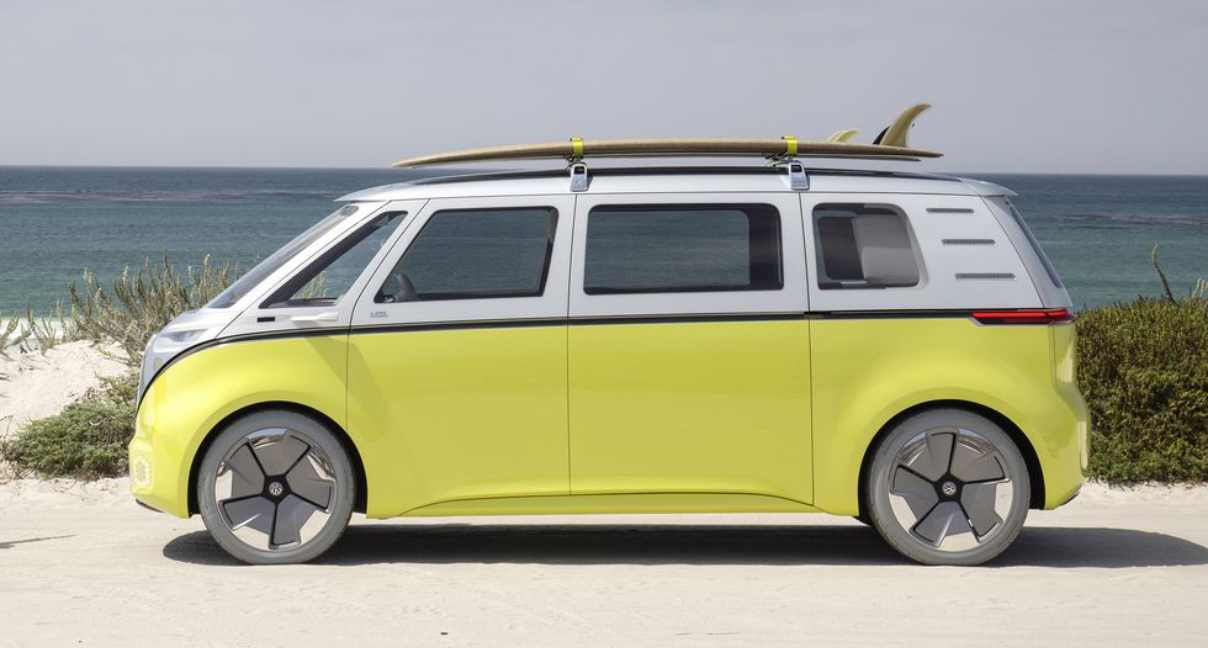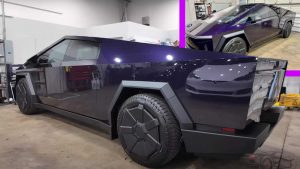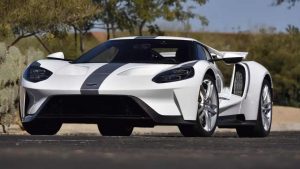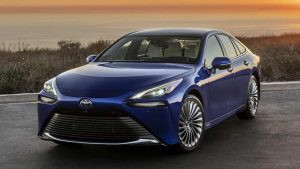Minivans: Resurfacing as the future of urban mobility?

In the world of automotive design, discussing minivans in a design column might seem like an unusual choice, possibly even a setup for humor. It could even risk diverting the attention of passionate automotive enthusiasts elsewhere, away from the realm of Autoweek. However, bear with me because the Volkswagen ID. Buzz might just revolutionize your perception of what a minivan can be.
The all-electric ID. Buzz made its European debut late last year and is scheduled to arrive in North America next year with significant enhancements, including a longer wheelbase and overall length to accommodate a 3-row configuration, a larger battery, and increased power. It represents the first all-electric minivan set to hit our shores. Interestingly, VW introduced a Microbus concept way back in 2001, a nod to the iconic Type 2 from the 1950s, which shares a similar spirit with the ID. Buzz. This vehicle’s journey from concept to production has indeed been a lengthy one.
What sets the ID. Buzz apart is its design, particularly its homage to the Type 2 with graphics and two-tone paint options. While some might connect with the nostalgia, others will appreciate this modern interpretation without any historical context. Leveraging heritage can be risky, as demonstrated by VW’s experience with the New Beetle.
Surprisingly, the ID. Buzz doesn’t rely on nostalgia. Instead, it presents a contemporary take on a boxy form, exuding a product-like functionality reminiscent of designs by architect and product designer Michael Graves for Target—a blend of functionality and a touch of whimsy.
The interior of the ID. Buzz follows suit with thoughtful storage solutions and clever, functional features. The only potential drawback could be the driver’s proximity to the windshield, which may initially give the sensation of sitting in the second row, akin to GM’s “Dustbuster” minivans from the 1990s.
What truly astonishes about the ID. Buzz is its existence. Since the peak year of minivan sales in 2000, this segment has steadily declined, with a recent but unexpected resurgence. The minivan has suffered from stereotypes as a vehicle for soccer moms and older individuals, alienating a generation of passengers who grew up in them. The rise of “sport” utility vehicles has further contributed to the minivan’s waning popularity.
Yet, despite the decline, minivans remain unrivaled in terms of utility and practicality. Their boxy design maximizes interior space within a compact footprint, making them ideal people carriers. With a tall seating position akin to SUVs and lower rocker height, entry and exit are effortless. Additionally, minivans drive more like cars than trucks, a distinct advantage.
The ID. Buzz, with its underfloor battery placement and lower center of gravity, maintains a respectable drag coefficient of 0.29, contributing to an estimated range of 250 miles. Another contender in the minivan revival is the hybrid-electric Lexus LM, designed for luxury rather than utility. This 4-passenger variant, meant for chauffeur-driven comfort, offers spacious accommodations resembling a private jet, an intriguing departure from traditional minivan roles.
Lexus has recognized the potential of this architecture, with increased interior space, headroom, and elevated seating, positioning it as a next-generation limousine. While it may be destined primarily for the Chinese market, it underscores the renewed interest in this often-overlooked segment, albeit in diverse forms.
Does this suggest that SUV-loving automotive buyers will embrace minivans once more? Unlikely. But the younger generation, growing up with these modern minivans, might just develop a newfound appreciation for these versatile vehicles.





